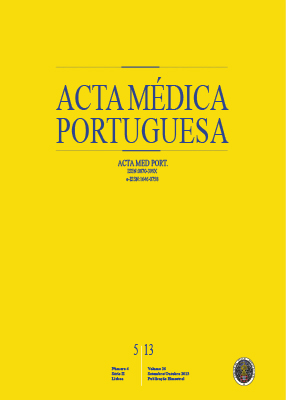Statistics Quantum Satis
DOI:
https://doi.org/10.20344/amp.4946Abstract
Statistics is a privileged tool in building knowledge from information, since the purpose is to extract from a sample limited information conclusions to the whole population. The pervasive use of statistical software (that always provides an answer, the question being adequate or not), and the absence of statistics to confer a scientific flavour to so much bad science, has had a pernicious effect on some disbelief on statistical research. Would Lord Rutherford be alive today, it is almost certain that he would not condemn the use of statistics in research, as he did in the dawn of the 20th century. But he would indeed urge everyone to use statistics quantum satis,since to use bad data, too many data, and statistics to enquire on irrelevant questions, is a source of bad science, namely because with too many data we can establish statistical significance of irrelevant results. This is an important point that addicts of evidence based medicine should be aware of, since the meta analysis of two many data will inevitably establish senseless results.
Downloads
Downloads
Published
How to Cite
Issue
Section
License
All the articles published in the AMP are open access and comply with the requirements of funding agencies or academic institutions. The AMP is governed by the terms of the Creative Commons ‘Attribution – Non-Commercial Use - (CC-BY-NC)’ license, regarding the use by third parties.
It is the author’s responsibility to obtain approval for the reproduction of figures, tables, etc. from other publications.
Upon acceptance of an article for publication, the authors will be asked to complete the ICMJE “Copyright Liability and Copyright Sharing Statement “(http://www.actamedicaportuguesa.com/info/AMP-NormasPublicacao.pdf) and the “Declaration of Potential Conflicts of Interest” (http:// www.icmje.org/conflicts-of-interest). An e-mail will be sent to the corresponding author to acknowledge receipt of the manuscript.
After publication, the authors are authorised to make their articles available in repositories of their institutions of origin, as long as they always mention where they were published and according to the Creative Commons license.









